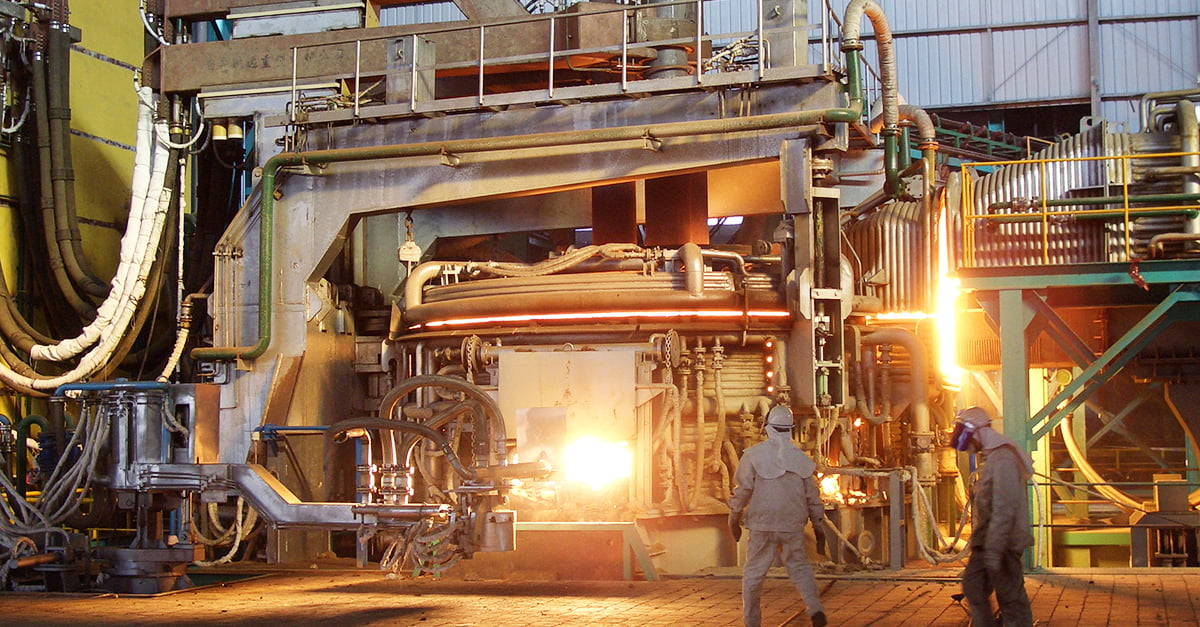What are the Environmental Issues with Electric Arc Furnaces?
Electric arc furnaces (EAF) are commonly used in the production of a wide range of metal products, including steel, aluminum, and copper. While they offer several advantages over other furnace types, such as high productivity and low energy consumption, they also pose significant environmental challenges. This essay will examine some of the key environmental issues related to EAF operation.
One of the primary concerns with Electric arc furnaces is their contribution to air pollution. The process of melting and refining metals involves the release of various pollutants, such as sulfur dioxide, nitrogen oxides, and particulate matter. These emissions can have serious health impacts on workers who are exposed to them during the manufacturing process. In addition, EAF operations can also contribute to atmospheric carbon dioxide levels through the combustion of fossil fuels that are used to power the furnaces.
Another major environmental issue related to EAF is their impact on water resources. The process of melting metals requires large amounts of water, which can be highly contaminated by toxic chemicals and other pollutants. In addition, the cooling process used after the metal has been melted can also result in significant water usage. This can lead to increased demand for freshwater resources, which can be a scarce and valuable resource in many parts of the world.
Electric arc furnaces also have an impact on soil quality due to the disposal of waste materials generated during the production process. The use of certain types of scrap metal can release heavy metals into the soil, which can have long-term effects on plant growth and human health. Additionally, the use of certain types of fuel in EAF operations can contribute to soil degradation and erosion.
Finally, Electric arc furnaces can also have an impact on wildlife and ecosystems. The use of certain types of fuel in EAF operations can contribute to air pollution and habitat destruction, which can have serious consequences for local wildlife populations. In addition, the construction of new EAF facilities can disrupt natural habitats and alter ecosystem dynamics.
In conclusion, while electric arc furnaces offer several advantages over other furnace types, they also pose significant environmental challenges. These include their contribution to air pollution, their impact on water resources, their effect on soil quality, and their potential impact on wildlife and ecosystems. To address these challenges, it is essential that EAF operators adopt sustainable practices that minimize their environmental impact and promote responsible stewardship of natural resources.

